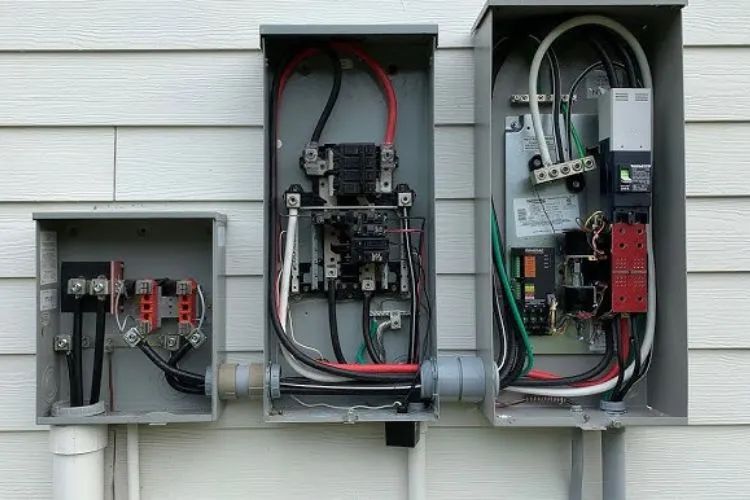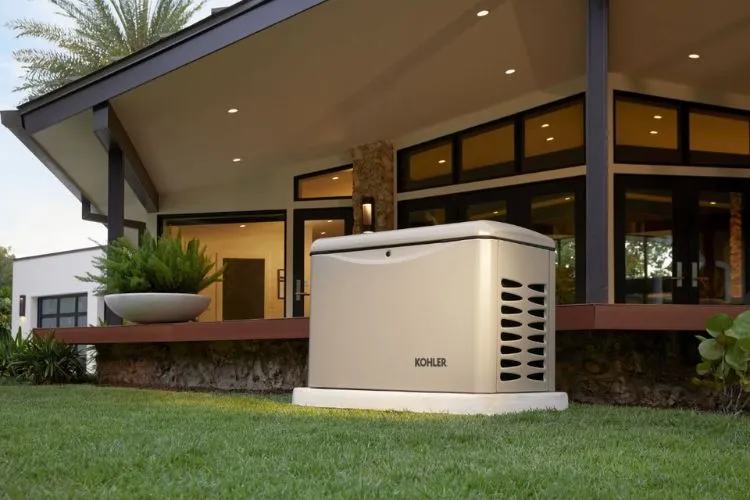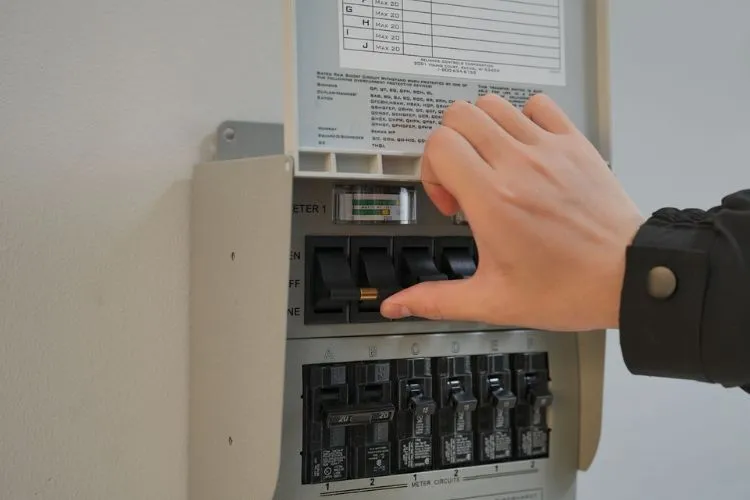In the modern world, a continuous power supply is more than a convenience; it’s a necessity.
From keeping our foods fresh in the refrigerator to powering medical devices, uninterrupted electricity ensures our lives run smoothly.
Whole house generators have emerged as reliable solutions during power outages, promising peace and safety during unexpected blackouts.
A crucial component in this setup is the transfer switch, but does a whole house generator need a transfer switch? This article delves into the world of whole house generators and the vital role of a transfer switch.

Understanding Whole House Generators
A whole house generator stands as a guardian of your home, springing to life when the power grid fails.
This generator works automatically, detecting power loss and restoring electricity to your home within seconds.
The benefits are vast, from preventing food spoilage to ensuring that life-saving medical devices keep running.
For a whole house generator to function seamlessly, it relies on several components, with the transfer switch playing a starring role.
Does A Whole House Generator Need A Transfer Switch?
A transfer switch is a critical component in any generator system. It serves as a bridge between the generator and your home’s electrical panel.
There are two main types: manual and automatic. A manual transfer switch requires you to manually switch from utility to generator power.
In contrast, an automatic transfer switch does this without your input, ensuring an immediate response to power outages.
Why a Transfer Switch is Essential for Whole House Generators?
Understanding why a transfer switch is non-negotiable for whole house generators is crucial.
- Safety: Safety is paramount. A transfer switch prevents back feeding, a dangerous situation where electricity flows from your home back into the power lines. This can endanger utility workers and cause damage to your electrical system.
- Compliance with Legal Requirements: The National Electric Code (NEC) mandates the use of transfer switches for home generators. Not adhering to these requirements can lead to legal consequences.
- Seamless Power Transition: For a smooth transition during a power outage, a transfer switch is indispensable. It ensures that your generator supplies electricity efficiently and safely.
Benefits of Whole House Generators Beyond Power Outages

Whole house generators offer significant advantages beyond merely serving as a backup during power outages.
One of the notable benefits is the potential increase in property value. Homes equipped with whole house generators are often more appealing to buyers, who value the added security and convenience this feature offers.
This can lead to a higher resale value and a competitive edge in the real estate market. Additionally, whole house generators provide unparalleled convenience by ensuring that vital home systems remain operational without interruption.
This continuous power supply is essential not only in comforts such as maintaining HVAC operation and preserving food but also in powering security systems, which enhances the safety of the residence during both planned and unexpected power disruptions.
Overall, these benefits make whole house generators a prudent investment for homeowners looking to enhance their home’s functionality and marketability.
You may also read: How Does A Generator Create Electricity? Comprehensive Guide
Installation Considerations
Installation of a transfer switch is not a DIY job. It requires specialized knowledge and skills. Hence, hiring a qualified electrician is necessary.
When choosing a transfer switch, consider the size of your generator, the type of switch (manual or automatic), and your home’s electrical load.
Costs for the purchase and installation can vary widely, so it’s wise to prepare a budget.
Maintenance and Testing
To ensure your transfer switch remains in optimal condition, regular testing and maintenance are vital.
Testing the functionality helps identify any issues before they escalate into major problems.
While basic maintenance can be done by the homeowner, professional check-ups are recommended for a comprehensive evaluation.
Alternatives to Transfer Switches (If Any)

While the transfer switch is the gold standard for connecting a generator to a home, some may wonder about alternatives.
However, it’s clear that no other method matches the safety and efficiency of a transfer switch.
Relying on a transfer switch is the best practice, endorsed by professionals and regulations alike.
Pro Tips
- Consulting with a professional electrician or contractor before installing a whole house generator and transfer switch is wise. They can offer advice tailored to your specific needs.
- Keeping abreast of local building codes and standards is essential. These regulations can change, and staying informed helps ensure compliance.
- Ensuring compatibility between your generator, transfer switch, and home’s electrical system is crucial for the safety and efficiency of your setup.
Frequently Asked Questions (FAQs)
Can I install a transfer switch myself, or do I need a professional?
Professional installation is necessary. The process requires specialized knowledge to ensure safety and compliance with legal requirements.
How do I choose the right size transfer switch for my whole house generator?
Consult with a professional electrician. The correct size depends on your generator’s capacity and your home’s electrical load.
What happens if I don’t use a transfer switch with my whole house generator?
Not using a transfer switch is dangerous and illegal. It poses safety risks and violates National Electric Code requirements.
Are there any legal penalties for not installing a transfer switch with my generator?
Yes, failing to install a transfer switch can lead to legal penalties and fines, as it violates building and electrical codes.
How often does a transfer switch need to be replaced?
With proper maintenance, a transfer switch can last for many years. Regular professional inspections can help determine when a replacement is necessary.
Conclusion:
The role of a transfer switch in a whole house generator setup cannot be overstated. It ensures safety, legal compliance, and seamless power supply during outages.
By adhering to the guidelines for installation, maintenance, and regular professional check-ups, homeowners can enjoy peace of mind, knowing their homes are protected against unexpected power interruptions.
Choosing the right backup power solutions and ensuring their proper installation and maintenance is crucial for continuous power supply.
A whole house generator, coupled with a transfer switch, provides a harmonious and efficient solution to power outages, ensuring safety, compliance, and peace of mind.
